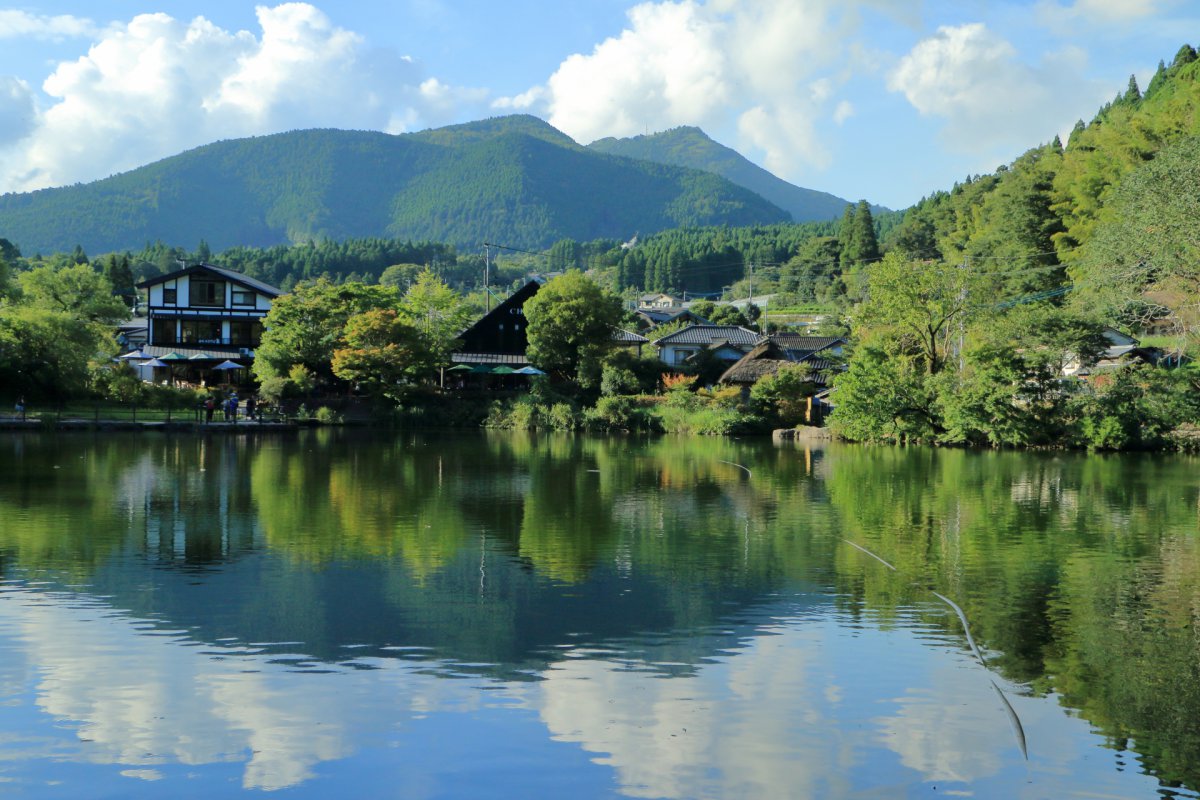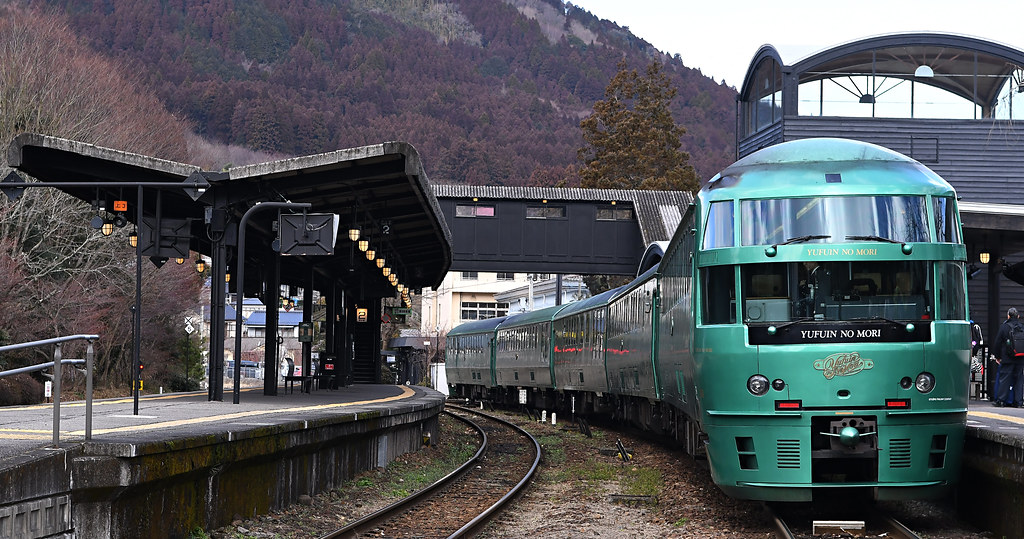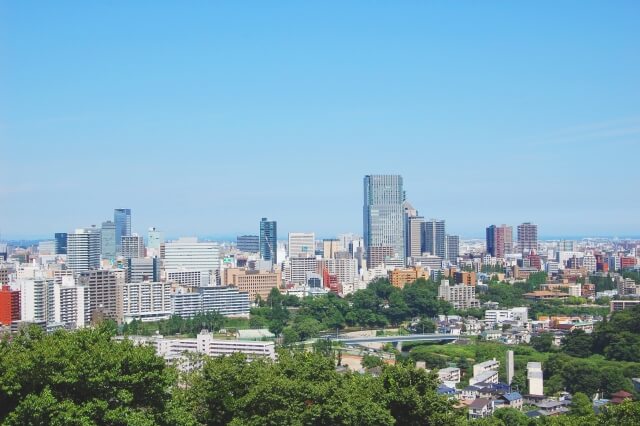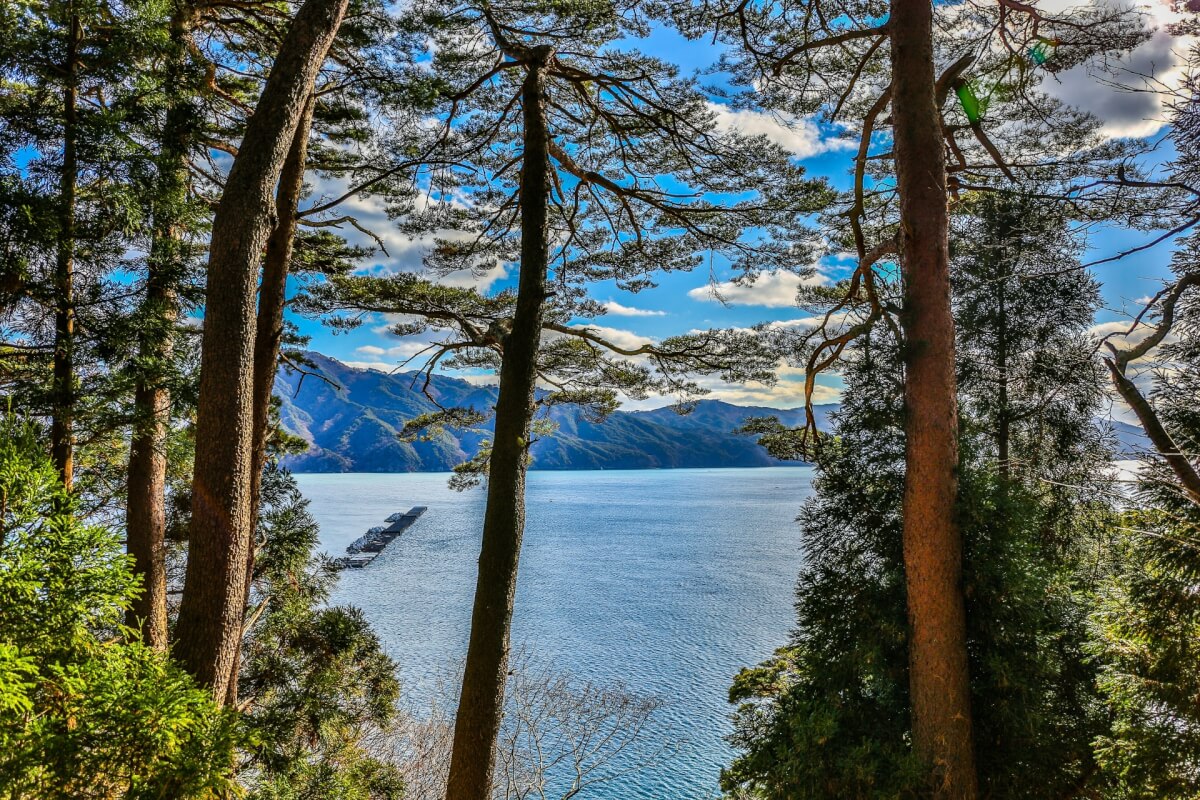Oita prefecture is located on the eastern coastline of Kyushu Island. Oita is the most visited prefecture of Kyushu Island because of its amazing onsen. In fact, it is known for being the largest onsen (hot spring) resort in Japan, however, the province is filled with wonderful spots and offers so much more. Here are our recommended places to visit in Oita.
Take a dip in Beppu Onsen
Situated around 45 minutes north from Oita city, in the heart of the prefecture, Beppu Onsen is one of Japan’s most popular hot spring resorts. The area has the greatest amount of thermal water from natural hot springs in the world! You can’t miss it, there is steam rising to the air everywhere in Beppu!
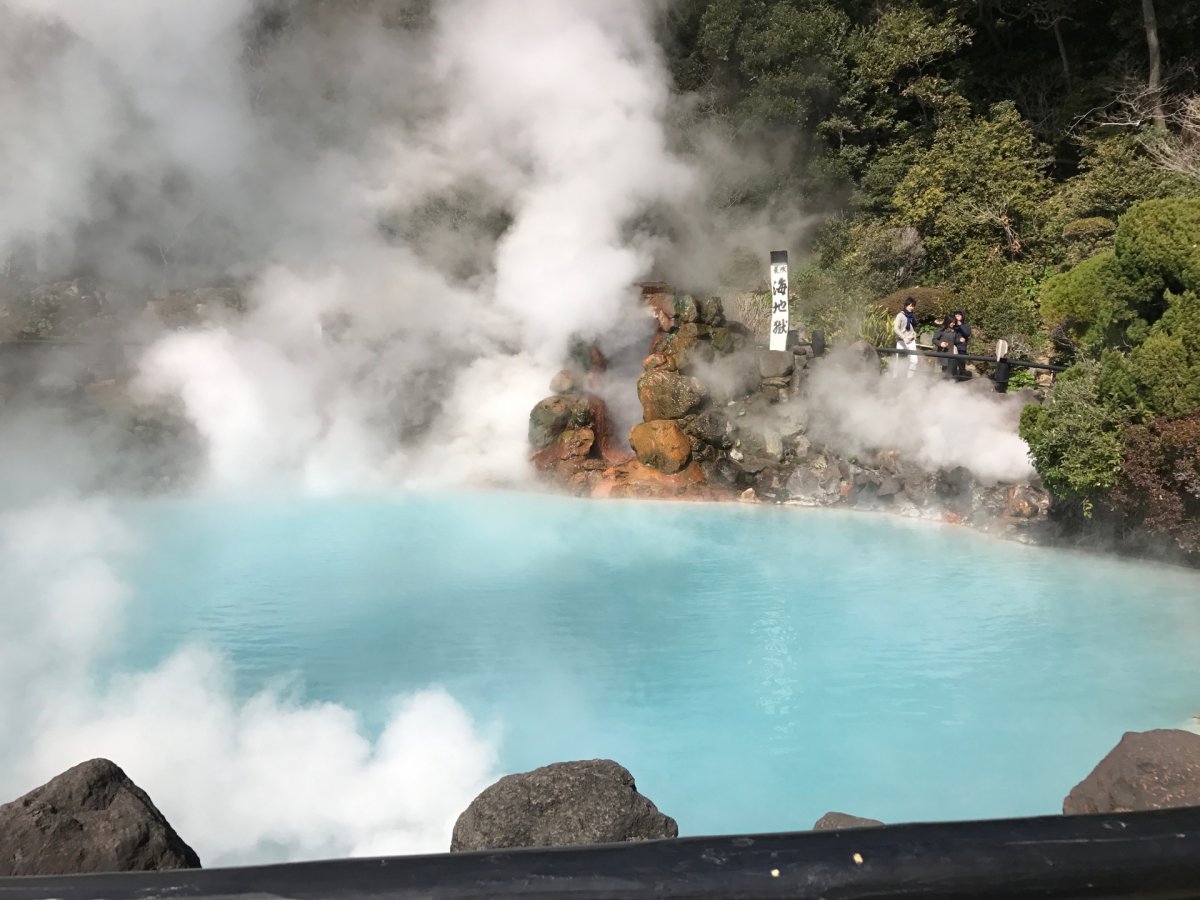
Unusual hot springs of Beppu Onsen
Besides the “normal” onsen facilities, Beppu Onsen features a wide range of bath types that are less common such as sand baths where people are buried in naturally heated sand, steam baths that are heated by the steam of a hot spring, and mud baths which are basically baths filled with muddy hot water.
There are many hotels and ryokan (Japanese traditional hotel) as well as public baths. At the tourist desk at Beppu Station, information on the public bath and places to stay are available.
How to access Beppu Onsen
- From Oita Station, take JR Nippo Main Line to Beppu Station (15 min)
- From Hakata Station in Fukuoka, take JR Sonic or Nichirin get off at Beppu Station (50 min)
Yufuin Onsen
Yufuin is another well known onsen resort which is situated about 10km west from Beppu. Although the onsen resort in Yufuin is not as large as Beppu, Yufuin offers beautiful nature, art, cafes, and boutiques, and many visitors enjoy just to stroll about town for the day.
One of the most popular tourist attractions in Yufuin is Lake Kinrinko. The small lake is locate about 1.5 km from Yufuin Station, approximately 25 minutes on foot. This lake is unique in a way that from the bottom of the lake both thermal and cold water come up naturally, and in late autumn and winter you can see steam coming up to the surface of the lake. There are walking path, small shops and cafes around the lake.
Another must visit in Yufuin is Sagiridai. This is a hill with an observatory where you can enjoy panoramic views of the city and surrounding mountains.
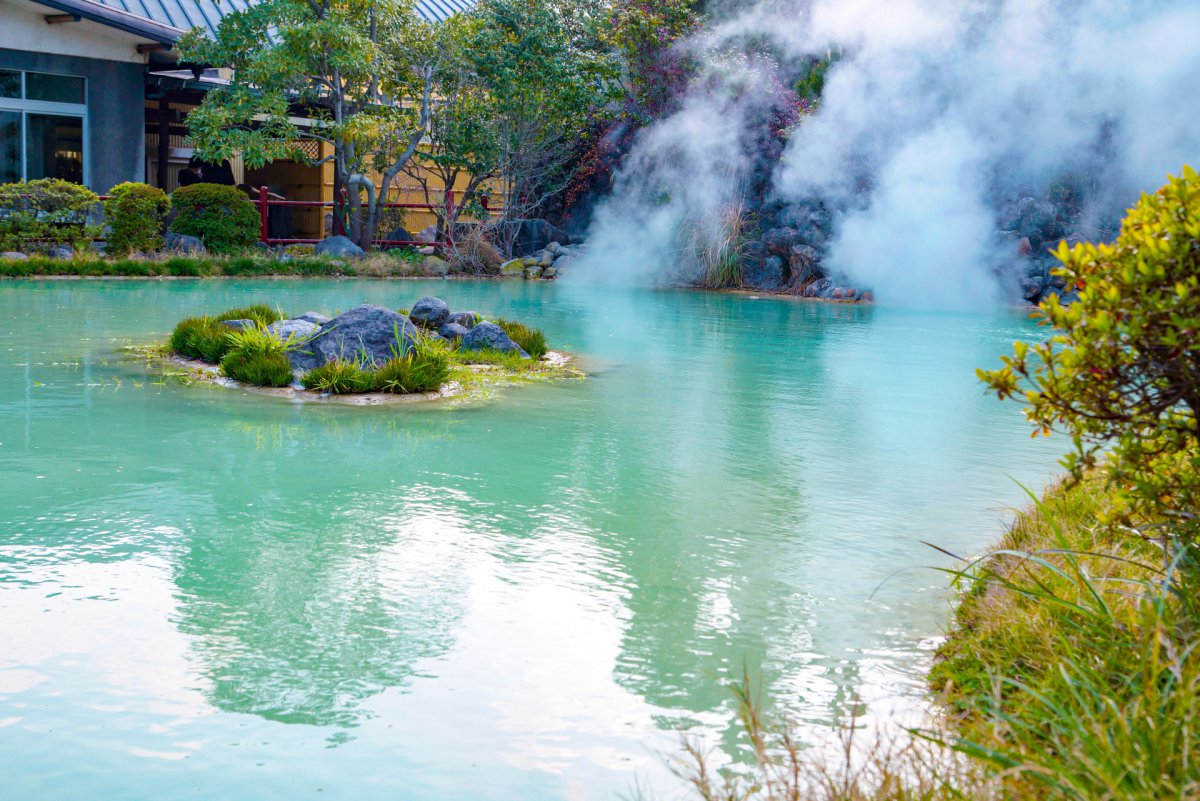
How to access Yufuin Onsen
- From Oita Station, take JR Kyudaihonsen Line to Yufuin Station (50 min)
- From Hakata Station in Fukuoka, take JR Kyudai Main Line to Yufuin Station (2 hrs)
Yufuin no Mori scenic train
Yufuin no Mori is a scenic JR train that connects Hakata in Fukuoka prefecture to Beppu in Oita prefecture. The sightseeing train is a popular train ride to take and gives you some amazing views of both prefectures on the way. The trains are designed in such a way that you can enjoy the scenic views in the best way possible. Think of additional windows, spacious compartments and comfortable seats. Sit back and relax while taking in the gorgeous views of Japans rural landscape. Tip: because the train is quite popular, we recommend you to make a reservation in advance!
Mount Yufu
Mount Yufu, the landmark of Yufuin, has been worshiped ever since ancient times and has appeared in the oldest existing book in Japan. Today, the mountain attracts many mountain climbers and hikers across Japan. The panoramic views from the top of this 1,584 meter mountain is breathtaking. When you visit in summer, the walking trails in the lower part of the mountain is filled with fresh green, adding to the aesthetics of the scenery. The east peak is suitable for beginners and takes about 2-3 hours to the top. The west peak is more for experienced mountain climbers requiring about 4-5 hours.
After the hiking or mountain climbing, you can either visit Beppu Onsen or Yufuin to soak in the relaxing baths!
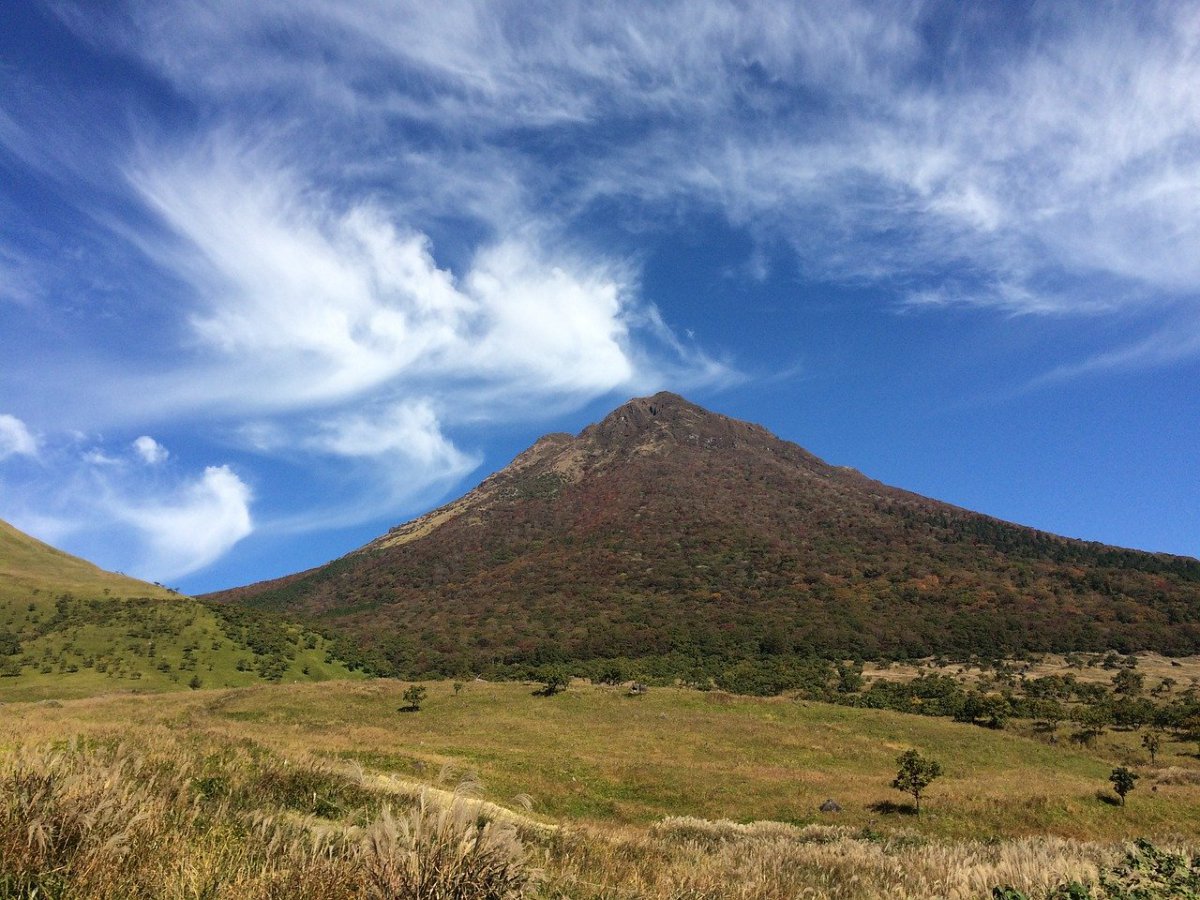
How to access Mount Yufu
- From JR Beppu Station take Kamenoi Bus, get off at Yufu Tozanguchi (40 min)
- From JR Yufuin Station, take Kamenoi Bus, get off at Yufu Tozanguchi (15 min)
Kuju Mountains
Kuju Mountain Range is part of the Aso-Kuju National Park and made up of 5 volcanic mountains, all of them are more than 1,700 meters in height. Kuju, Nakadake, and Hossho mountain are the most famous. Hiking your way to the main peaks takes between 4-6 hours, after which you can enjoy beautiful volcanic lakes and have a picnic along the shore. If you prefer a shorter / easier walk, there are also many small hiking trails! When you visit between May and June, the slopes of the mountains are covered with pink azaleas, another stunning sight!
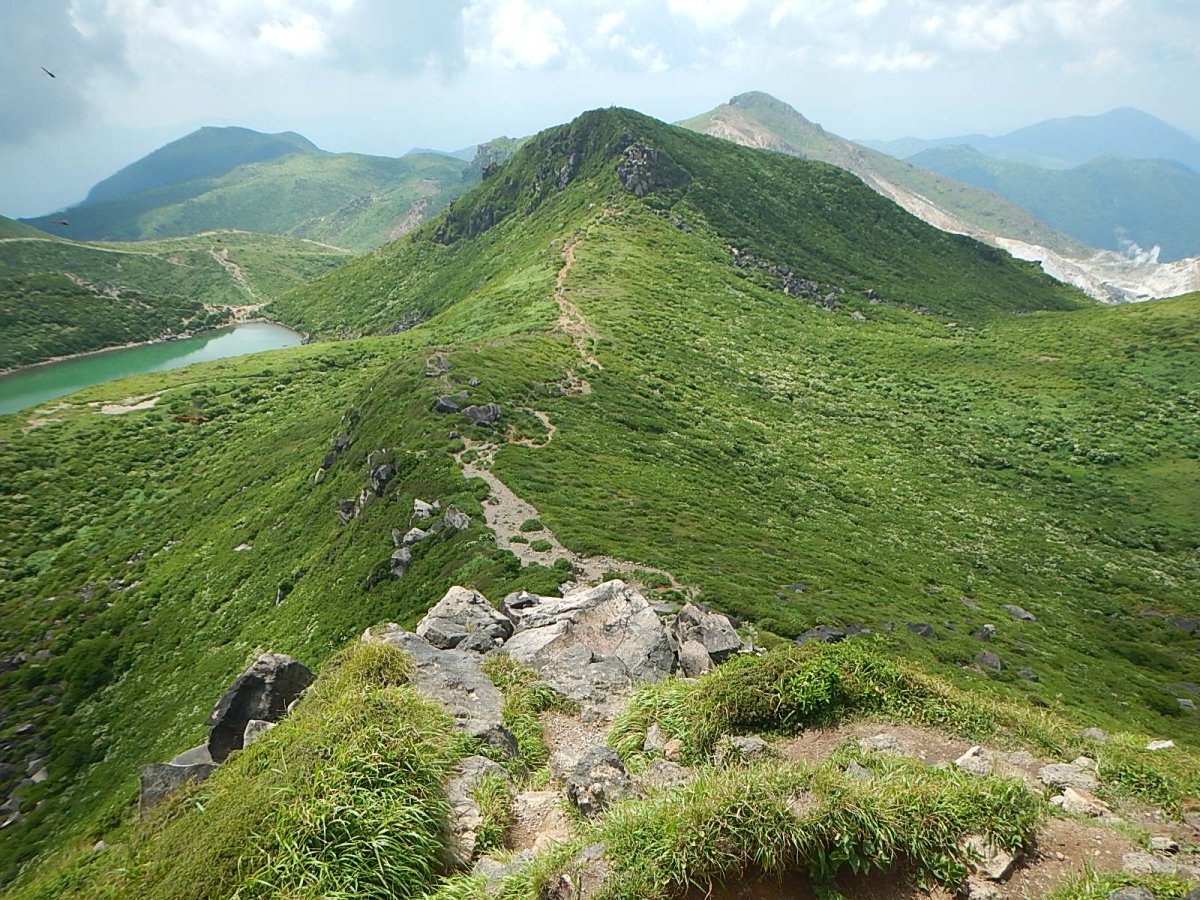
How to access Kuju Mountains
- From Beppu Station take Kamenoi Bus, get off at Chojabaru or Makinoto Touge (2 hrs)
- From Yufuin Station take Kamenoi Bus, get off at Chojabaru or Makinoto Touge (50 min)
Kunisaki Peninsula
The peninsula is located in northern Oita Prefecture with a unique local religious culture called Rokugo Manzan. Rokugo Manzan has been a part of the locals for over 1,300 years and is a mixture of Buddhism, Shinto and mountain worship which has been worshipped for over 1,300 years.
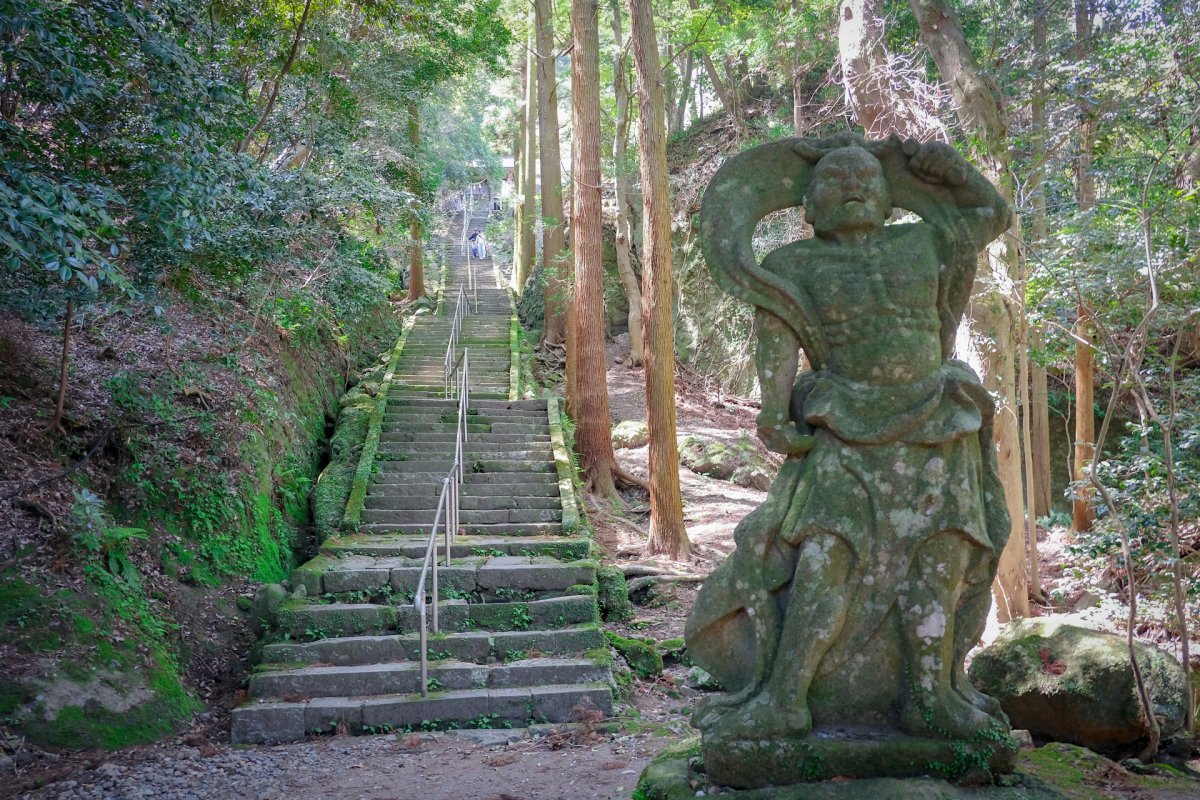
The hidden destination is known for its farm life and many ancient mountain temples. The peninsula is dotted with dozens of temples, shrines, and stone statues of Buddhas and other small and large statues of deities and guardians. You can find them as you follow the many hiking courses in the peninsula. There are also some nice view points in the peninsula where you can enjoy amazing views of Seto Inland Sea. Near the peak of Mount Futago, you will find Futagoji Temple which is the head temple in the Kunisaki Peninsula and has a history of more than 1,300 years.
How to access Kunisaki Peninsula
- The best way to visit the Kunisaki Peninsula is to rent a car
Harajiri no Taki
Did you know that there is a waterfall in Japan known as the Eastern Niagara Falls? Because of its spectacular scenery, Harajiri no Taki has been selected as one of the Japan’s Top 100 Waterfalls and often referred to as the most beautiful waterfall in Japan. The waterfall with 120 meters in width and 20 meters in height was created by the pyroclastic flow of Mount Aso, some 90,000 years ago. For the best views, get onto the wooden suspension bridge or if you prefer a view up close, you can also walk down closer to the waters as well. In April, there is the Tulip Festival which showcases 400,000 tulips with 100 different kinds blooming around the waterfall.
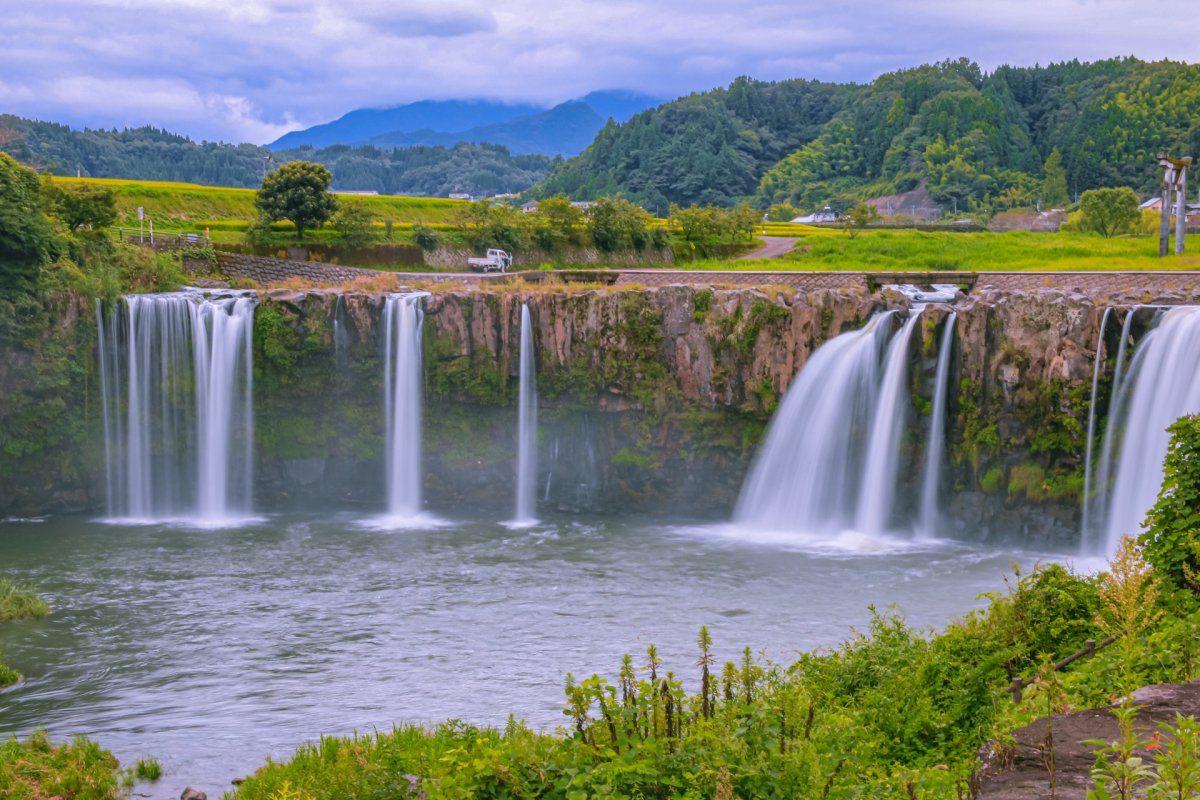
How to access Harajiri no Taki
The closest train station is Ogata Station on JR Houhi Main Line, it’s a 40 minute walk from Ogata Station to the waterfall. Taxi is also available from Ogata Station (10 min).
Nakatsu Castle
Nakatsu Castle, which is also known as Ogi Castle, is classified as one of the Japan’s “water castles” because it uses the sea as a part of its defensive structure. Hence another name: mizujiro translated as castle on the sea. The construction of original Nakatsu Castle was started by Kuroda Kanbei (Yoshitaka) in 1587. However, the castle was set on fire by local samurai and completely burned down in 1877 during the Seinan War. The current reconstruction of the castle dates back to 1964, and today the castle serves as a museum with an observatory deck at the top floor.
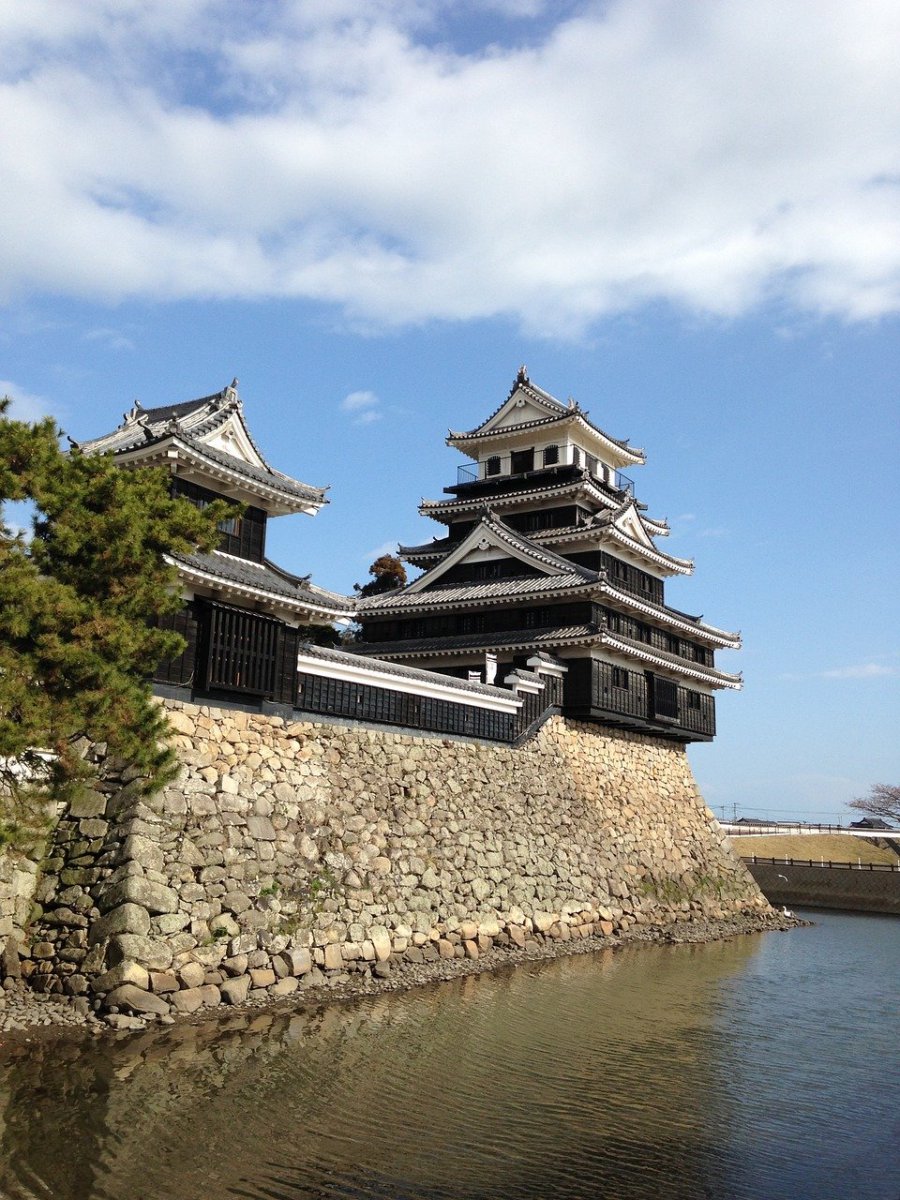
How to access Nakatsu Castle
- 15 minute walk from Nakatsu Station on JR Nippo Main Line
Usuki Sekibutsu
The town of Usuki is known for the large collection of stone buddha created in the 12th century. The stone figures of Buddha, known as Usuki Sekibutsu, are carved out of the cliff face that lies about four kilometers from the Usuki town. There are over 60 statues of Buddha! In 1995 the statues were designated as a National Treasure. The area is a wonderful place to walk around and explore, you can follow a mapped path which will take you around the forest and rice fields!
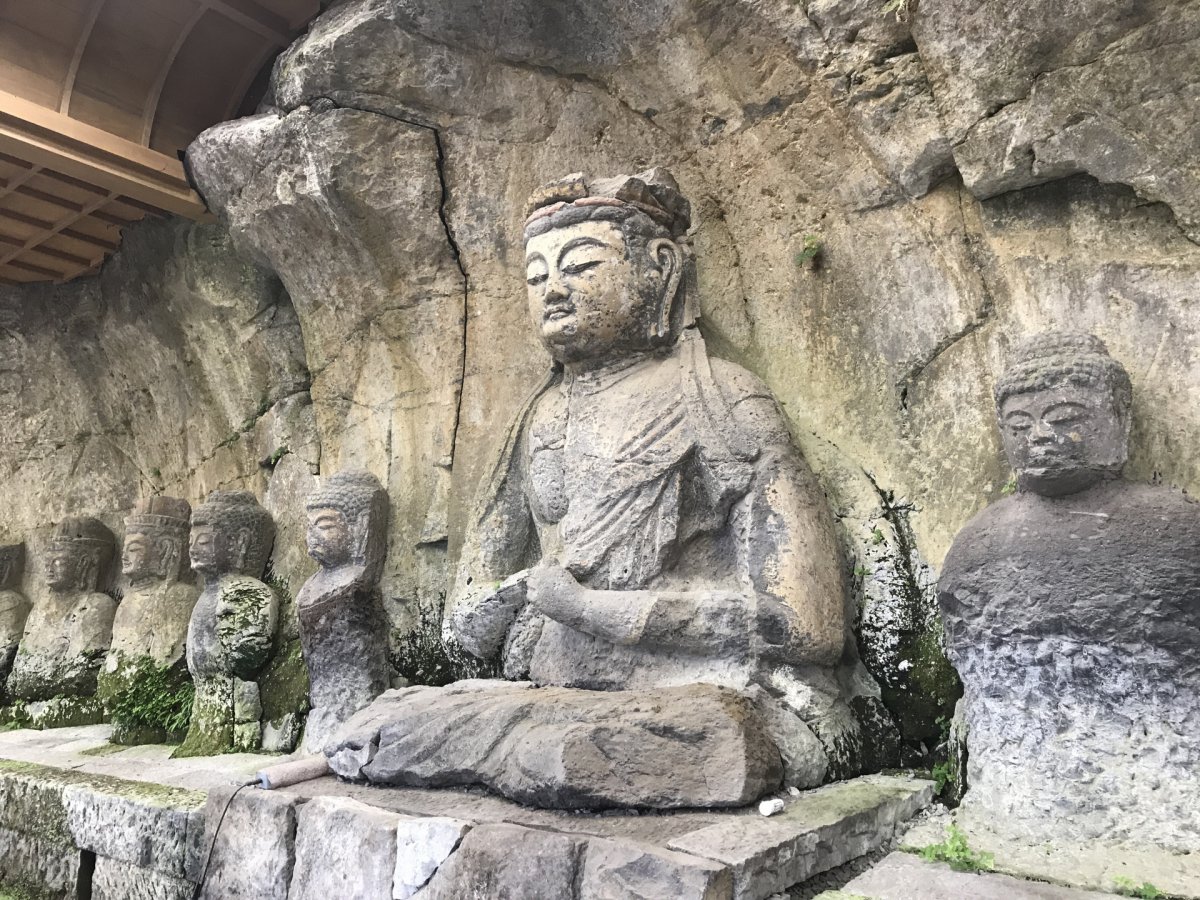
Each year on the first Saturday and Sunday in November, a bamboo lantern festival is held. Ten thousands of bamboo lanterns lining the streets of Usuki are lit up with the sound of koto harp music from the temple.
How to access Usuki Sekibutsu
From Oita Station take JR Nippo Main to Usuki Station (35 min). To get to Usuki Sekibutsu, take taxi from Usuki Station for 5 minutes.
Where to stay in Oita
What do you think about Oita? Next to the hot springs, Oita is filled with rich naure, culture and history. It is definately worth a visit that we recommend to add to your travel plans. Hope wou will enjoy this amazing place in Kyushu!
Follow us on Instagram or Facebook for more travel inspiration. Or tag us to get featured!
Happy travelling!
This post may contain some affiliate links. When you click through and make a purchase we may receive some commission, at no extra costs to you.
